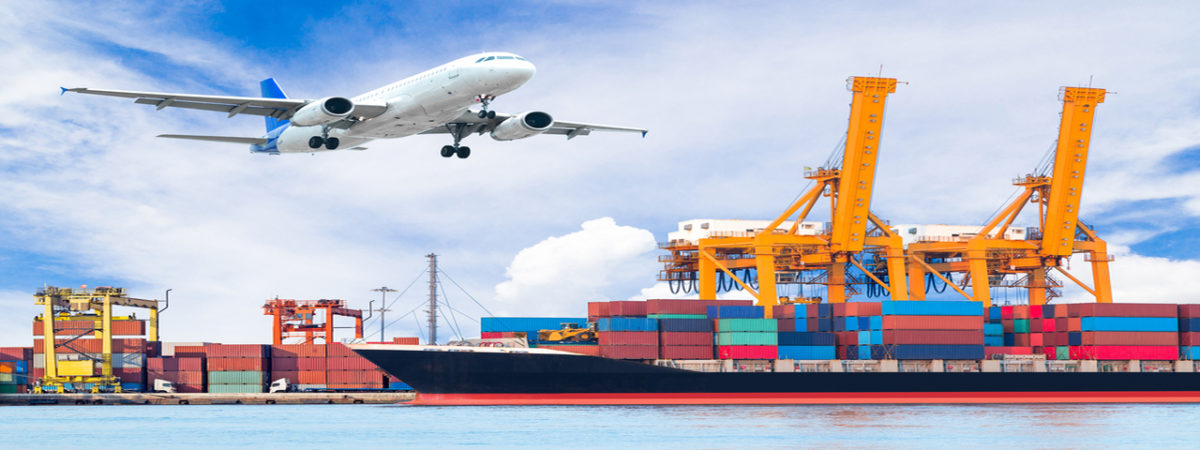East Asia’s economic development: state planning or freedom?
SUGGESTED



The postwar growth record of the East Asian ‘Tiger’ economies is staggering. Hong Kong, Singapore, Taiwan, and South Korea all had pre-industrial standards of living with incomes significantly below $500 per capita in 1950. Japan’s industrial base had been decimated in the war and had a similar per capita income. In the span of a single generation all these economies grew to achieve first-world living standards.
Some have attributed the growth in these countries to national economic planning. Ha-Joon Chang goes so far as to claim that “there is now a broad consensus that the spectacular growth of these countries, with the exception of Hong Kong, is fundamentally due to activist industrial, trade and technology (ITT) policies by the state.”[i]
That “consensus” exists largely among a small group of scholars who have been repeating, in varied forms, the same claims since the early 1980s. But their argument is unconvincing on both theoretical and empirical grounds.
The industrial planning problem
State industrial planning involves a government agency selecting what industries should be promoted to best achieve economic development. Then, they funnel labour and capital to those industries through, direct cash or technology subsidies, trade policy that protects those industries from international competition, and controls on foreign investment and other regulations.
Ha-Joon Chang contrasts the industrial planning model with the standard textbook case for free trade. That textbook case, he claims, assumes that “productive resources can move freely across economic activities” but that in reality, “this is not the case: factors of production cannot take any form as it becomes necessary. They are usually fixed in their physical qualities and there are few ‘general use’ machines.”[ii] But this very fact, that capital is not homogenous or equally suited to all uses, creates an insurmountable problem for industrial planners.
If industrial planning were going to promote economic growth, the planners would need to have knowledge of what is the right type of capital to create and in which industries it should be created. But this very knowledge is only revealed through the market’s competitive process.
In a free market, entrepreneurs bid against each other for labour and capital. They bid based on their expectations of the profits that their envisaged entrepreneurial venture will create. In turn, these expectations reflect the expected costs of production of and the value that world consumers will put on different goods and services. Free trade and freedom for entrepreneurs to move resources from one industry to another is necessary to discover how resources are best allocated. No central planning body can replicate this process. By bidding against other would-be entrepreneurs, those successful in securing capital and labour are forced to take into account, by outbidding other entrepreneurs, the value that others thought that they could create with those very same resources.
The market’s competitive process is not perfect. Entrepreneurial mistakes are revealed through the profit and loss system. Some enterprises will go bust; others will thrive. It is only through this process that the knowledge of which capital goods should be created, and to which industries capital and labour should flow, is revealed.
State industrial planning interferes with this process of discovery. Through trade protection and subsidies the state biases the competitive bidding process in favour of particular industries – often selected because of the lobbying of interest groups. Of course, that is precisely what industrial planners intend to do. But nowhere have they shown where the planners would acquire the knowledge of the profit expectations of all would-be entrepreneurs that is necessary in order to know which industries should get what capital.
Planners stifle the very process that discovers the knowledge needed to ensure that capital and labour is allocated to the right industries. Rather than rationally planning the economy, state planners’ attempts to steer the economy amount to what Don Lavoie called, “the blind leading the sighted.”[iii]
Some advocates of industrial planning attempt to deny a need to “pick winners”. Robert Wade claims that: “‘Picking Winners’ implies that the potentially competitive industries are out there waiting to be discovered, as though the problem is to find those that most closely correspond with the economy’s given comparative advantage. The governments of Taiwan, Korea, and Japan have not so much picked winners as made them.”[iv]
Scarcity is a fact of economic life. Any industrial policy that favours one industry necessarily draws scarce resources away from other industries. So, planning in favour of one industry implies planning against others. The state may make a “winner” out of what would have otherwise been a “loser” but it can only be done at the cost of harming another industry that would have been more efficient and created greater growth.
Some of the failures of state industrial policy are legendary. MITI’s attempts to prevent Sony from acquiring manufacturing rights from Western Electric for semi-conductor manufacture in the 1950s; MITI’s attempts to prevent auto manufacturers from entering the export market and then attempting to force ten auto firms to merge into Nissan and Toyota; and the subsidised Korean ship building industry needing periodic government bailouts to stay in business.
But, even when an industry that was favoured by industrial policy remains profitable when its subsidies are taken away, it is not an unambiguous sign of success. Given that the market was rigged, there is no way to evaluate the cost in terms of the value forgone in some other industry that would have been created absent industrial policy.
How the ‘Asian Tigers’ roared
The fact that Taiwan, South Korea, Japan, and Singapore all had some amount of state industrial planning and all grew rapidly does nothing to show that the industrial planning caused the growth. Hong Kong, which had no industrial planning, grew equally rapidly and is left unexplained by advocates of industrial planning. More pertinently, countless African and South American countries practised industrial planning with disastrous consequences.
The real story of East Asian development is a story of economic freedom. Although some state planning existed in these countries, they were, on balance, mostly free market economies – much more so than the countries that they left behind. And the more they liberalised, the more they developed.
The Economic Freedom of the World Annual Report is the most comprehensive measure of how market orientated a country is. In 1970, the first year data is available, Hong Kong was the freest economy in the world. Japan and Singapore were tied at 7th, Taiwan 16th, and South Korea at 31st ranked in the top 20 per cent of the index. This set the background for their development in the 1970s and 1980s. It is interesting to see that, Japan has moved down the index as its economic performance has deteriorated and countries that embraced the central planning model, such as Argentina, languished near the bottom back in 1970 just as they do today. As the exception that, perhaps, proves the rule, Chile is the one South American country that has, in the last 20 years has embraced a market-based approach to development and, not only does it rank in the top decile for economic freedom, it also has the best outcomes in the region terms of almost any measure of human development.
The connection between economic freedom and growth, unlike the supposed connection between protectionism and growth, fits with the larger empirical literature. Hundreds of papers have found that levels of economic freedom are positively associated with higher long-run living standards. Others have found that increases in freedom, regardless of the initial level, are also strongly associated with improved growth.
There is also a strong theoretical connection between economic freedom and prosperity. An environment of economic freedom allows for the co-ordination of the decentralised knowledge that is spread across all the minds in an economy. It allows prices to best reflect the real scarcity of resources and everyone’s assessment of how those scarce resources can best be put to use. Competition within this environment will tend to encourage the right capital in the right industries to best promote long-run prosperity because the system of profit and loss is able to discover the very information that industrial planners would need in order to be effective.
The rise of the East Asian economies occurred in spite of the presence of some state industrial planning. Their growth, like the growth of virtually all wealthy countries today, was made possible by adopting institutions that protect private property rights, respect the rule of law, and grant a large measure of economic freedom.
Benjamin Powell- Director of the Free Market Institute at Texas Tech University and Professor of Economics at the Rawls College of Business.
[i] Chang, Ha-Joon. (2002) Kicking Away the Ladder. London: Anthem Press. P. 49.
[ii] Chang, Ha-Joon. (2008) Bad Samaritans. New York: Bloomsbury Press. P. 71.
[iii] Lavoie, Don. (1985) National Economic Planning, What is Left? Cambridge, MA: Ballinger Publishing Company. P. 4.
[iv]Wade, Robert (1990) Governing the Market. Princeton, NJ: Princeton University Press. P. 334.
1 thought on “East Asia’s economic development: state planning or freedom?”
Comments are closed.




In Hong Kong, the State owns all the land. I believe the situation is very similar in Singapore. It therefore looks as though economic freedom and prosperity are enhance when land values are used as public revenues instead of being capitalised into private rental incomes and selling prices.